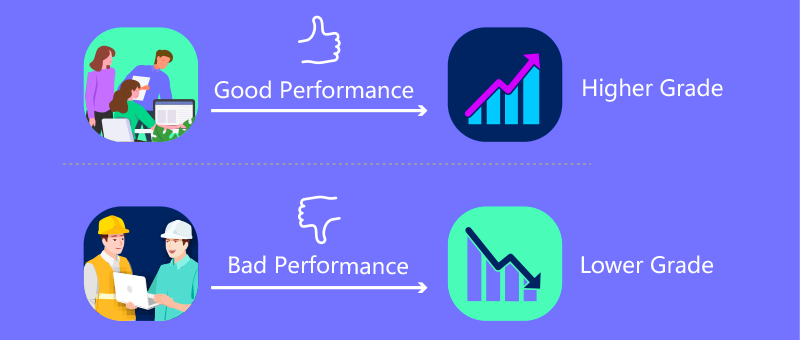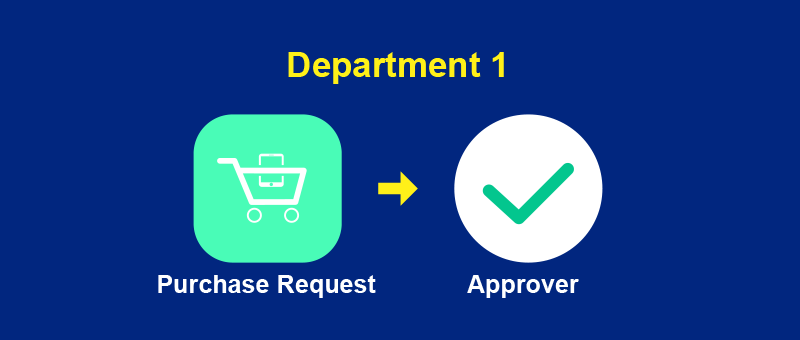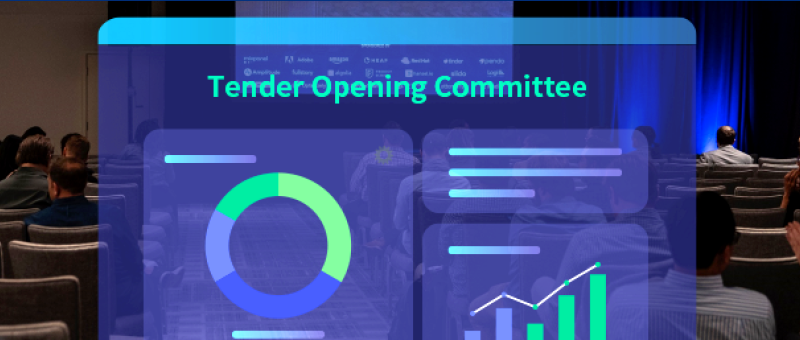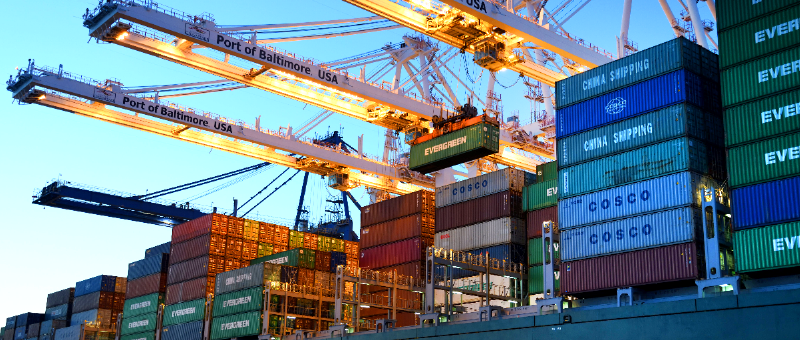
-
Anti-corruption

 SRM was designed with anti-corruption in mind and can allow you to set up the proper policies, control and monitoring to protect your organization against procurement frauds. The following is the list of useful anti-corruption guidelines to be used together with the system:
SRM was designed with anti-corruption in mind and can allow you to set up the proper policies, control and monitoring to protect your organization against procurement frauds. The following is the list of useful anti-corruption guidelines to be used together with the system:
(1) Written, fair and transparent procedures
Such as: Pre-qualification, tender and selection procedures:
- should be in writing, transparent, and fair
- should not provide an improper benefit or advantage to any individual or organization
- should be operated in a fair and transparent manner
- should be published
(2) Open competitive process
Contractors should, as far as reasonable, be selected by the procuring organization using a non-restricted open competitive process whereby the tender is open to any tenderer. However, in many cases, it may be necessary to ensure that all tenderers have sufficient technical or financial strength to enable them to be able to undertake the contract in an appropriate manner. In these cases, it is common to require tenderers to be on an approved list of eligible tenderers before they are permitted to tender. If this system is adopted, the method by which a contractor can be included on this approved list should be fair and transparent, and all eligible contractors should be entitled to be included on this list.
(3) Restricted competitive process
It may in certain circumstances be justifiable to restrict the number of tenderers who will be invited to tender. However, in this case: there should be a valid reason for imposing this restriction; the criteria on which tenderers are selected to participate should be fair and transparent; the number of tenderers selected to tender should be sufficient to provide genuine competition in the tender process; and the reason for the restriction, the selection criteria and the identity of the selected tenderers should be published.
(4) Negotiated competitive process and competitive dialogue process
Some procurement procedures permit the procuring entity to invite a restricted number of tenderers to negotiate or to enter into a competitive dialogue prior to submission of tender, or prior to award. The purpose of this negotiation/competitive dialogue is respectively to attempt to adapt the tenders to the requirements of the intended contract or to identify the best means for satisfying the needs of the procuring entity. In the competitive dialogue procedure, a tenderer may be requested to fine tune its tender. After a successful tenderer has been selected, it may be requested to clarify aspects of its tender. These negotiations may be commercially desirable, but may also increase the risk of corruption in that they allow communication between the procuring entity and selected tenderers prior to tender submission and/or award, and they therefore provide opportunity for possibly corrupt preferential treatment of a particular tenderer. The project owner should therefore use these procedures only where circumstances justify doing so and the process does not give preferential treatment to any tenderer and the process is fully documented and monitored and the results are also fully documented and published.
(5) Single-source procurement
Single-source procurement should be used only where the products and/or services to be provided are available only from a particular provider, and where the specification has not been manipulated so as to restrict it to the particular provider, or there is a need for standardization or compatibility with existing work, products or services, or it is essential for reasons of national security or emergency, and such emergency was not foreseeable by the procuring entity, and not due to delay on its part.
(6) The procurement subject-matter and its design
The design of the procurement subject-matter should be pre-determined, based on the needs of the procuring entity and the subject matter of the procurement, and described in terms that are objective, functional and generic. The procurement subject-matter should not be designed so as to exclude the procurement from the scope of the procurement regulations, or to favor any particular suppliers, products or services, or to artificially narrow competition.
(7) Timetable
The procurement process should allow tenderers sufficient time to prepare their tenders, and should ensure that no tenderer is given an improper or unfair advantage by being notified in advance of other tenderers of the impending tender.
(8) Terms of contract
The contract documentation (including contract terms and specification) should, as far as possible, be set out in the tender documentation. This will ensure that all tenderers are bidding on the same basis. It will also minimize the risk of corruption which occurs where a tenderer is able to influence the terms of contract.
(9) Due diligence
Proper due diligence should be carried out on each tenderer for contracts over a specified value threshold, and the results should be provided by the procurement organization to the independent assessor, if any, and funders, if any. The aim of this due diligence should be to establish the risk of corruption in appointing a particular tenderer. Similarly, the procurement organization should provide information about itself and the project to each tenderer so that the tenderers can form their own assessment of the risk of corruption on the project.
(10) Anti-corruption notification
The tender documentation should notify all tenderers that anti-corruption measures are being adopted by the procuring entity for the procurement and contract management process, that tenderers will be contractually bound to comply with those measures.
(11) All submissions should be physically or electronically sealed
All pre-qualification and tender submissions should be physically or electronically sealed (equivalent electronic security in case of electronic submissions) and should be kept sealed in a secure place until the official opening date.
(12) Notice of opening of submissions
Reasonable notice should be provided to all stakeholders of the date, time and place of the opening of pre-qualification and tender submissions, and all these parties should be informed that they are entitled to be present at the opening.
(13) Transparency in opening
At the opening of the pre-qualification and tender submissions, the stakeholders should be present. The names of the tenderers, the titles of each document submitted by them, and the price of each tenderer should be read aloud or adequately communicated electronically to the stakeholders during the meeting.
(14) Careful selection of evaluators
Tender evaluators should be carefully selected so as to ensure that they are properly qualified and have no connections with any tender.
(15) Pool of evaluators
In order to minimize the risk of tender evaluators being bribed, there should be a pool of evaluators from which can be selected randomly and the procurement organization should give them a relatively short notice for the evaluation. The risk of a permanent evaluator, or a small number of evaluators selected a long time in advance, is that tenderers will know whom to bribe, or may bribe all possible evaluators, or an evaluator may solicit a bribe, or arrange for a related company to tender for a project which she/he knows she/he will be evaluating. This is less likely if there is a pool of evaluators from which an evaluator(s) is randomly selected at short notice.
(16) Isolation of evaluators
The evaluators should have no ability to make direct or indirect contact with the tenderers during the evaluation process. In some countries, the evaluators of large public sector projects are kept in isolated conditions during the evaluation process.
(17) Fair and transparent evaluation criteria
The evaluation process should be carried out according to fair and transparent criteria. The criteria should be publicized to the tenderers and the public.
(18) Disclosure of the evaluation and the award
The evaluation and the contract award should be publicly and promptly published, with details as to identity of the winning tenderer and of the terms of contract.
(19) Reporting
A system should be established whereby persons involved in the procurement process or members of the public may report suspected corruption or breach of the procurement process.
(20) Recording of controls
These procurement controls should be incorporated into your organization’s procurement procedures, and should be recorded in writing.








































































































